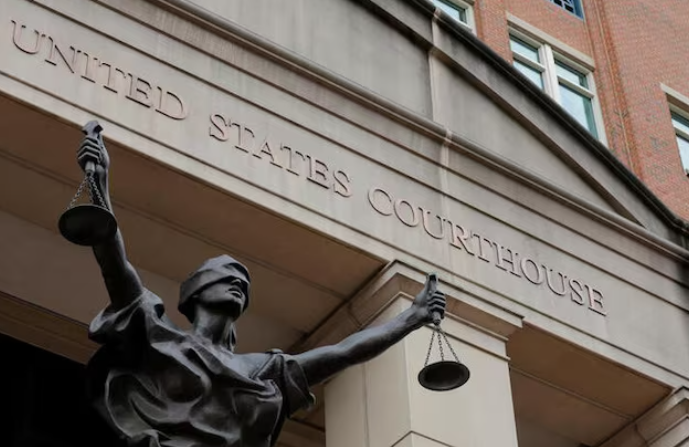Unique Legal Doctrine in California Benefits Victims
Victims of the Los Angeles wildfires, potentially the most expensive in U.S. history, are leveraging a unique California legal doctrine to seek compensation from Southern California Edison (SCE). This doctrine, known as “inverse condemnation,” allows victims to claim damages from the utility company even if it followed all regulations and did nothing wrong.
This week, numerous victims of the Eaton Fire, which erupted east of Los Angeles, filed lawsuits against Southern California Edison, a subsidiary of Edison International (EIX.N). These lawsuits allege that the company’s high-voltage transmission towers ignited the devastating blaze, exacerbated by high winds and low humidity.
Southern California Edison Denies Any Anomalies
Southern California Edison CEO Pedro Pizarro addressed the allegations on Bloomberg TV. He stated that the company did not detect any operating anomalies on its transmission wires in the crucial 12 hours before the fire or within an hour after it ignited. “Typically, electrical infrastructure-caused fires show a signature voltage drop or current increase, and we have not observed such signs in our study,” Pizarro explained. He emphasized that Edison adhered to all wildfire mitigation protocols approved by regulators.
Despite Edison’s compliance, legal experts point out that California’s extension of inverse condemnation to utility companies could result in the company being liable for billions of dollars in damages. Daniel Farber, a law professor specializing in energy and the environment at the University of California Berkeley, explained, “Utilities can be held liable for damaging private property while providing public services like electricity, even without negligence.”
Lawsuits Seek Extensive Damages
Victims of the Eaton Fire, which along with the Palisades Fire destroyed over 6,000 structures and claimed at least 24 lives, have brought most lawsuits in Los Angeles state court. These lawsuits cite eyewitness accounts that link the flames to transmission towers operated by Southern California Edison. Although Reuters has not confirmed these accounts, plaintiffs are pursuing claims for negligence and inverse condemnation.
Mikal Watts, a lawyer representing several wildfire victims, predicted, “The financial impact of these wildfires will be unprecedented.” The lawsuits demand damages for lost wages, rebuilding costs, and other losses, which could significantly exceed available insurance coverage.
California’s Wildfire Insurance Fund and Edison’s Liability
To address the financial burden, California lawmakers established a $21 billion wildfire insurance fund. This fund aims to ensure Southern California Edison’s solvency while fully compensating victims. Edison’s liability, however, will be capped at $3.9 billion, as confirmed by Pizarro.
Gerald Singleton, who filed one of the initial lawsuits, explained that proving negligence could lead to additional damages for personal injuries and wrongful death. He noted, “Utilities sometimes acknowledge their equipment caused the fire but deny negligence. However, such admissions are rare.”
Southern California Edison pledged to review all complaints upon receipt and reiterated its commitment to supporting affected communities and restoring power. The lawsuits, seeking extensive damages, will likely take years to resolve, but they underscore the massive financial and legal implications of the Los Angeles wildfires.

